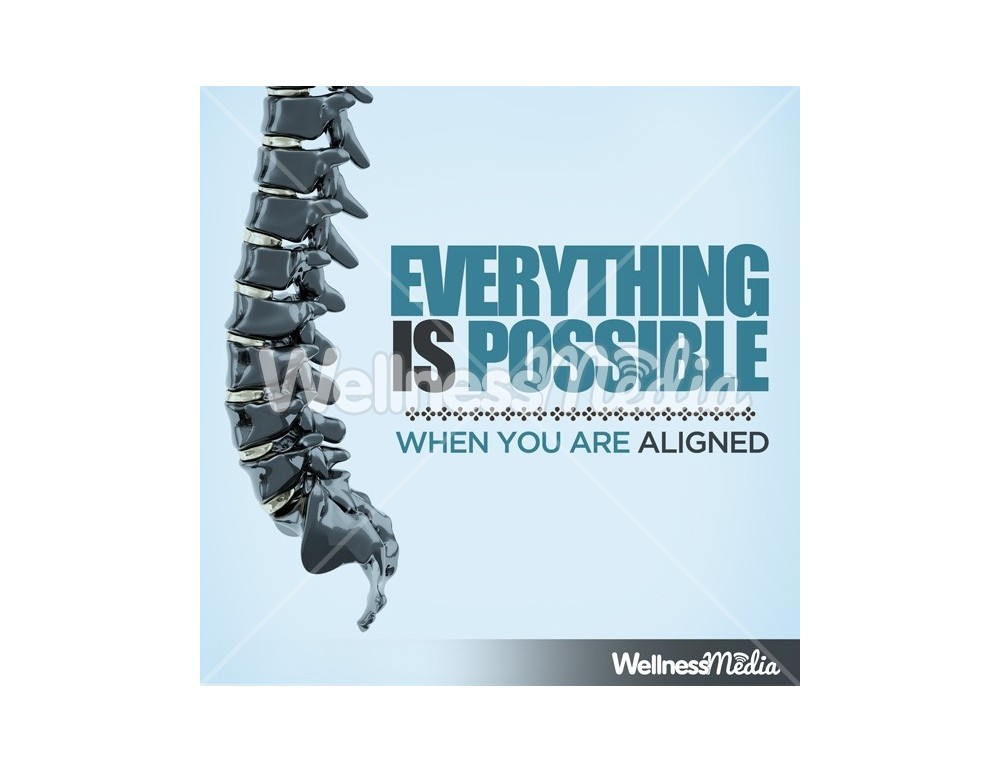The Influence Of Diet On Neck And Back Pain Monitoring: Foods To Integrate And Foods To Leave Out
The Influence Of Diet On Neck And Back Pain Monitoring: Foods To Integrate And Foods To Leave Out
Blog Article
Content Written By-Russo Guldborg
When it pertains to managing your back pain, the food options you make can significantly influence just how you really feel each day. Envision having the ability to alleviate your pain merely by adjusting what you eat. By understanding the function of nutrition in neck and back pain monitoring and knowing which foods to incorporate or stay away from, you can take aggressive steps in the direction of a healthier and extra comfy way of life. The link between nutrition and back health and wellness is more profound than you may recognize-- allow's check out exactly how particular foods can either calm or worsen your back pain.
Significance of Nourishment in Neck And Back Pain
Nutrition plays an essential role in handling neck and back pain. Your diet regimen can significantly impact swelling levels and total pain levels in your back. Taking in a balanced diet plan rich in nutrients like vitamins D and K, calcium, magnesium, and omega-3 fatty acids can help in reducing swelling and strengthen bones, which are important for back wellness.
In addition, preserving a healthy weight through appropriate nutrition can ease stress and anxiety on your back, reducing the threat of neck and back pain.
In addition, certain nutrients like anti-oxidants located in vegetables and fruits can help battle oxidative stress and promote recovery in the body, consisting of the back muscles and back.
On the other hand, eating too much amounts of refined foods, sugary drinks, and unhealthy fats can contribute to inflammation and weight gain, aggravating pain in the back.
Foods to Eat for Back Wellness
To sustain a healthy and balanced back, including nutrient-rich foods right into your day-to-day dishes is key. Including foods high in anti-oxidants like berries, spinach, and kale can help reduce swelling in your back, alleviating discomfort and pain. Omega-3 fatty acids discovered in fatty fish such as salmon and mackerel have anti-inflammatory homes that can benefit your back health and wellness.
Additionally, eating just click the following page and seeds like almonds, walnuts, and chia seeds provides necessary nutrients like magnesium and vitamin E, which support muscle mass feature and reduce oxidative stress and anxiety. Including https://cashojdyr.techionblog.com/30688390/5-engaging-factors-to-seek-advice-from-a-chiropractic-doctor-discovering-pain-relief-and-enhancing-wellness as hen, turkey, and tofu can assist in muscle repair work and upkeep, promoting a solid back.
Do not forget to consist of dairy or strengthened plant-based options for calcium to support bone health. Finally, https://chiropractorspinaladjustm62849.jaiblogs.com/57656148/taking-a-look-at-the-association-in-between-chiropractic-practices-and-efficiency-in-sports with plenty of water to keep your back discs moisturized and working optimally. By consisting of these nutrient-dense foods in your diet regimen, you can nurture your back and assistance overall spinal health and wellness.
Foods to Stay Clear Of for Pain In The Back
Go with staying clear of refined foods high in sugarcoated and trans fats when looking for relief from pain in the back. These kinds of foods can contribute to swelling in the body, which may worsen pain in the back. Say no to sweet snacks like candy, breads, and sweet drinks, along with fast food things like burgers, fries, and fried poultry that are often packed with trans fats.
Additionally, avoid foods having high degrees of refined carbs, such as white bread, pasta, and pastries, as they can increase blood sugar level levels and possibly aggravate swelling in the body.
It's additionally important to limit your consumption of foods high in saturated fats, like red meat and full-fat milk items, as they can contribute to swelling. Processed foods like delicatessens meats, chips, and packaged treats are commonly high in saturated fats and need to be consumed in small amounts.
Final thought
Finally, taking notice of your diet plan and making clever food selections can have a substantial impact on managing back pain. By incorporating nutrient-rich foods like berries, fatty fish, nuts, and lean proteins, and preventing processed and sugary things, you can help in reducing inflammation and support overall back wellness. Remember, what you eat plays an essential function in how you feel, so see to it to prioritize your nourishment for a healthier back.
